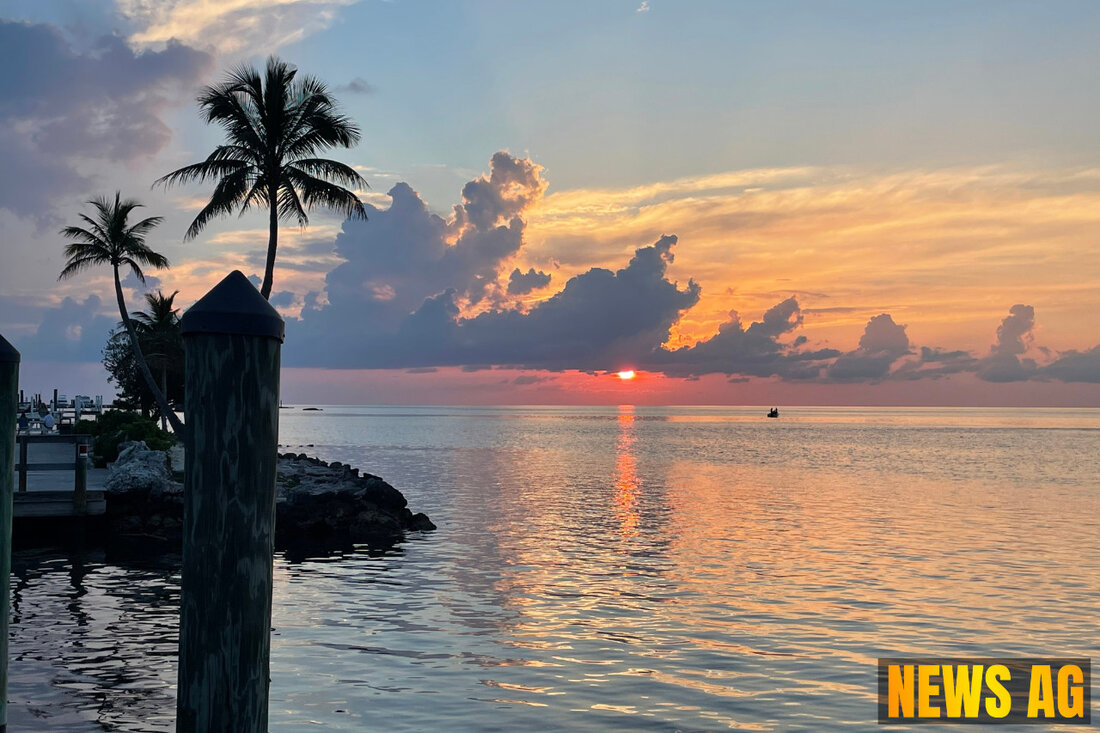Activists Restore Rainbow Crosswalk in Orlando Despite State Pressures
Activists in Orlando restored a rainbow crosswalk, honoring Pulse victims, after Florida's directive to remove such symbols, sparking debate.

Activists Restore Rainbow Crosswalk in Orlando Despite State Pressures
The recent upheaval surrounding the rainbow crosswalk in Orlando has stirred emotions and catalyzed community actions across Florida. The crosswalk, a symbolic tribute to the 49 victims of the tragic Pulse nightclub shooting, was painted over by the Florida Department of Transportation (FDOT). This controversial decision has reignited discussions about LGBTQ+ visibility, safety, and community representation in public spaces.
On August 21, the FDOT paved over the vibrant crosswalk without prior notification to local officials, an act that was met with widespread criticism. According to Local 10, the state’s directives mandated the removal of rainbow colors from crosswalks in cities such as Key West, Miami Beach, and St. Petersburg, leading to concerns about the political implications of such actions.
Community Response
In a powerful display of defiance, approximately 100 Orlando residents, along with activists Dallas Perdue and Bubba Trahan, came together to recreate the rainbow crosswalk using chalk. This act of restoration was not just about color; it represented a collective stand against what many viewed as an attack on the LGBTQ+ community. Perdue and Trahan discussed their motivations during an appearance on „This Week in South Florida,“ asserting the need to stand in solidarity with the victims and their families.
Support for the restoration efforts has poured in from various leaders, including State Rep. Anna Eskamani, who condemned the original removal as disrespectful. Orlando City Commissioner Patty Sheehan echoed this sentiment, accusing the FDOT of making a politically charged statement that undermines the community’s values. Meanwhile, State Sen. Carlos Guillermo Smith praised the grassroots response, emphasizing the importance of community engagement and activism in such matters.
Broader Implications
The uproar over the crosswalk highlights a deeper issue regarding the role of LGBTQ+ individuals in urban spaces. In a recent discussion on urbanism and queer representation, experts, including Ruth Rosas and James Rojas, pointed out that public spaces are essential for their safety and expression. As noted in an article by America Walks, queer people often rely on subtle cues to navigate their environments, contrasting sharply with the freedom experienced by many heterosexual and cisgender individuals.
Walkable communities, such as West Hollywood and San Francisco’s Castro, serve as beacons of safety and inclusion for LGBTQ+ residents, indicating that urban design must integrate features like rainbow crosswalks to foster a sense of belonging. The recent actions in Orlando reflect a growing awareness of these needs, demonstrating how urban design and community initiatives can intersect effectively.
The rainbow crosswalk’s restoration signifies more than just the reclamation of a physical space; it represents a broader demand for recognition and respect in public domains. As discussions continue and community efforts thrive, the hope remains that Florida cities will strive to create inclusive environments that honor and celebrate diversity, not just during Pride, but all year round.

 Suche
Suche
 Mein Konto
Mein Konto